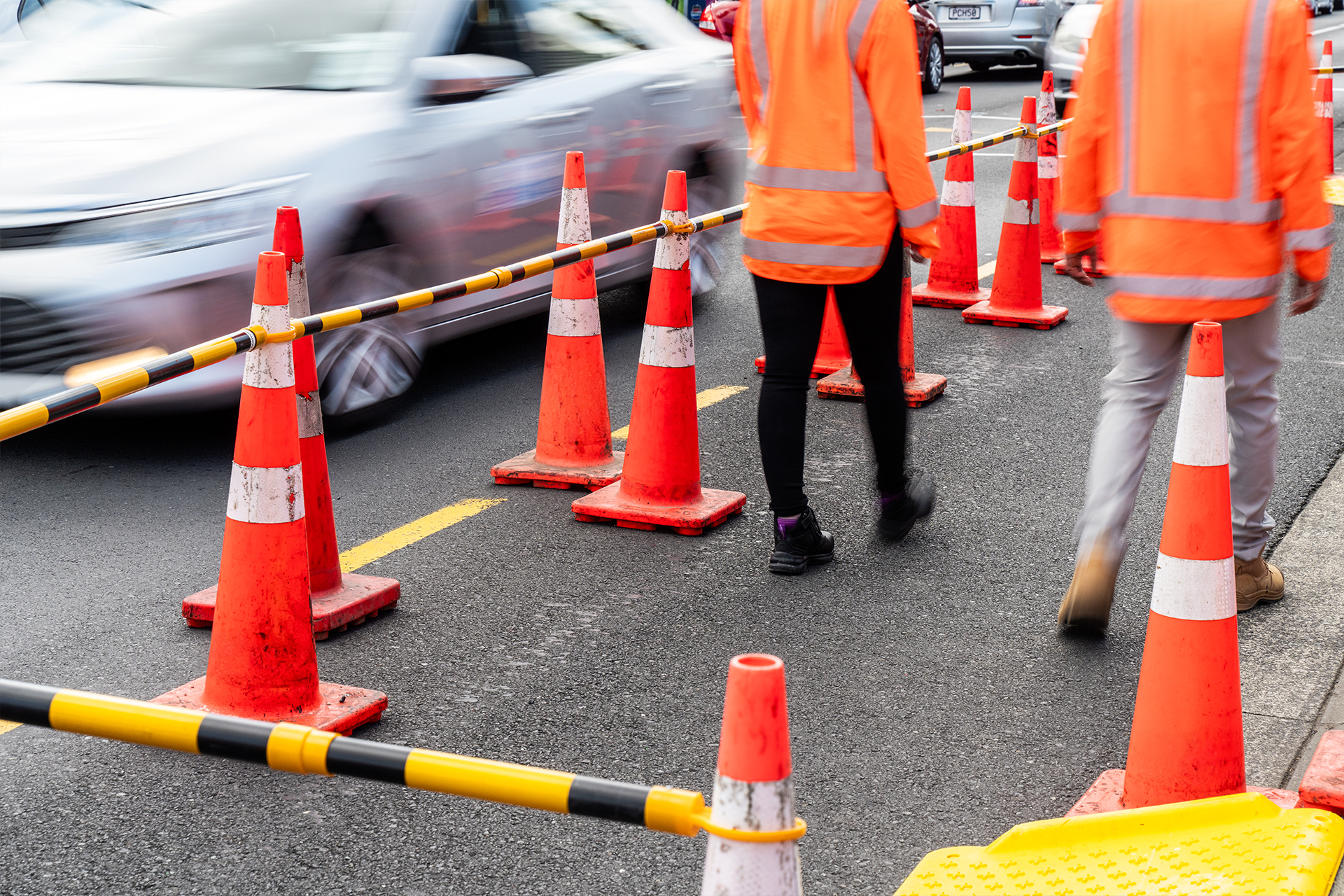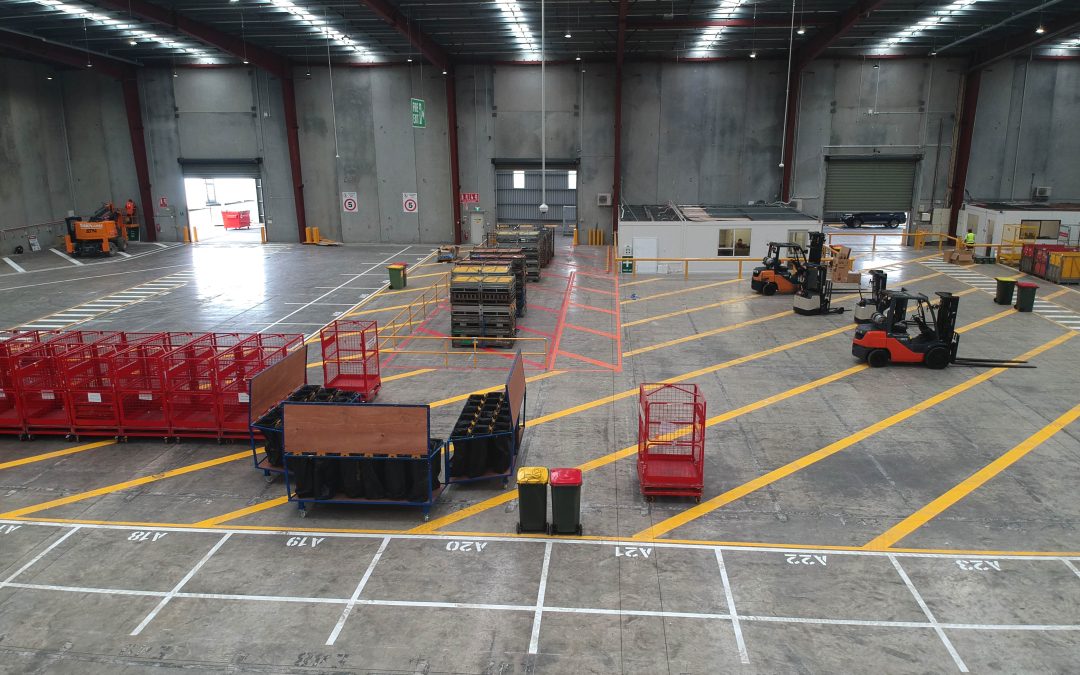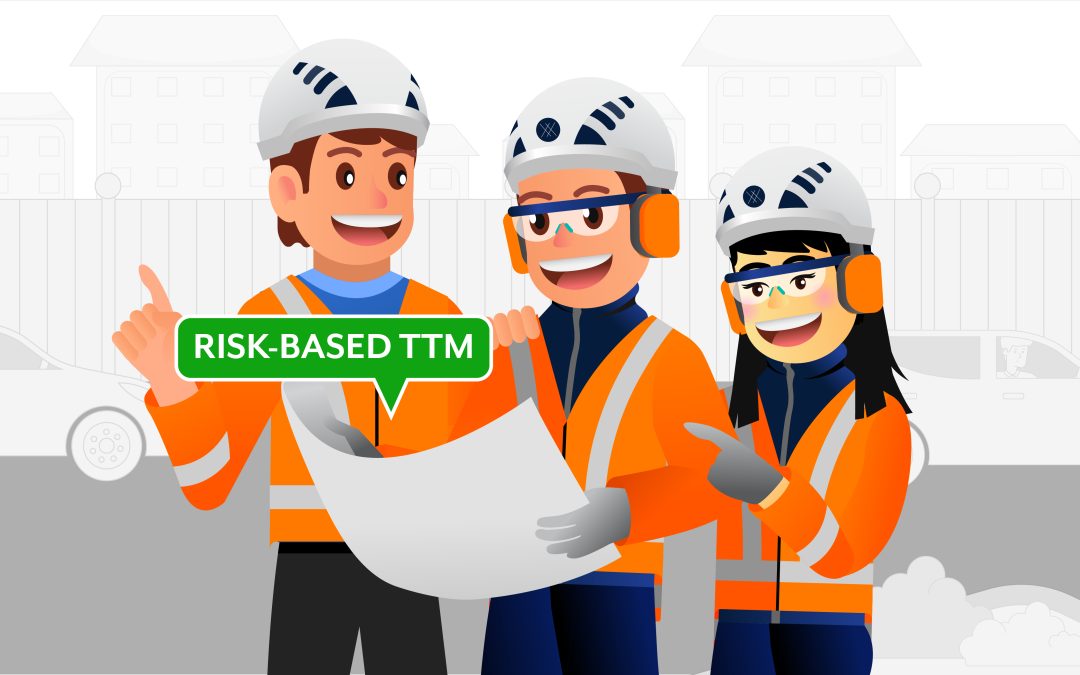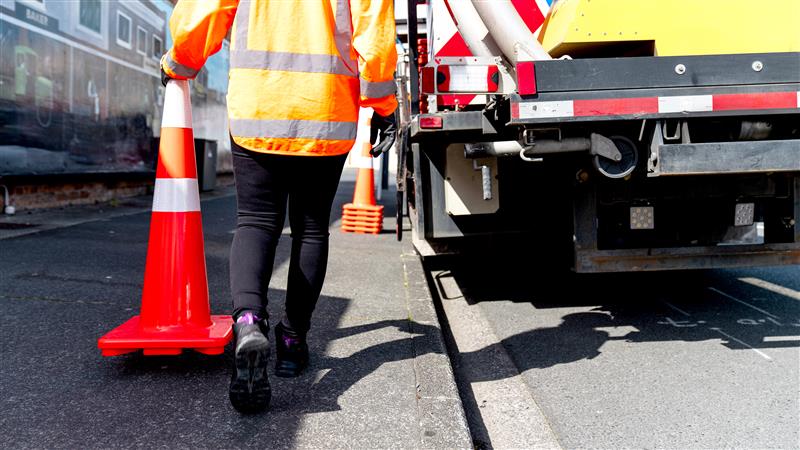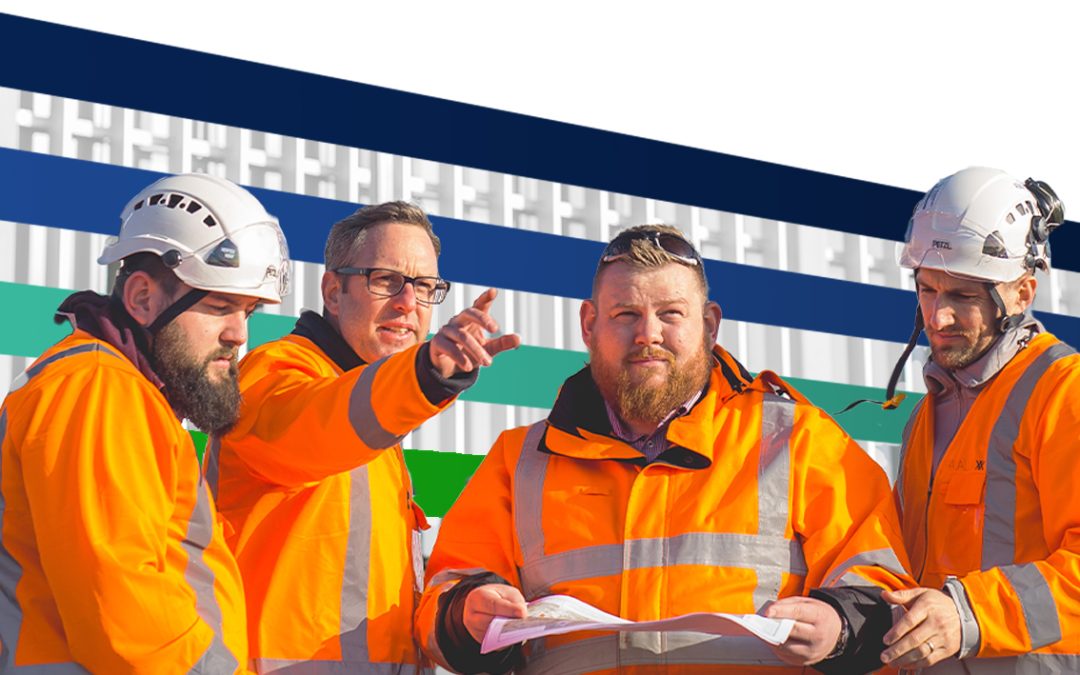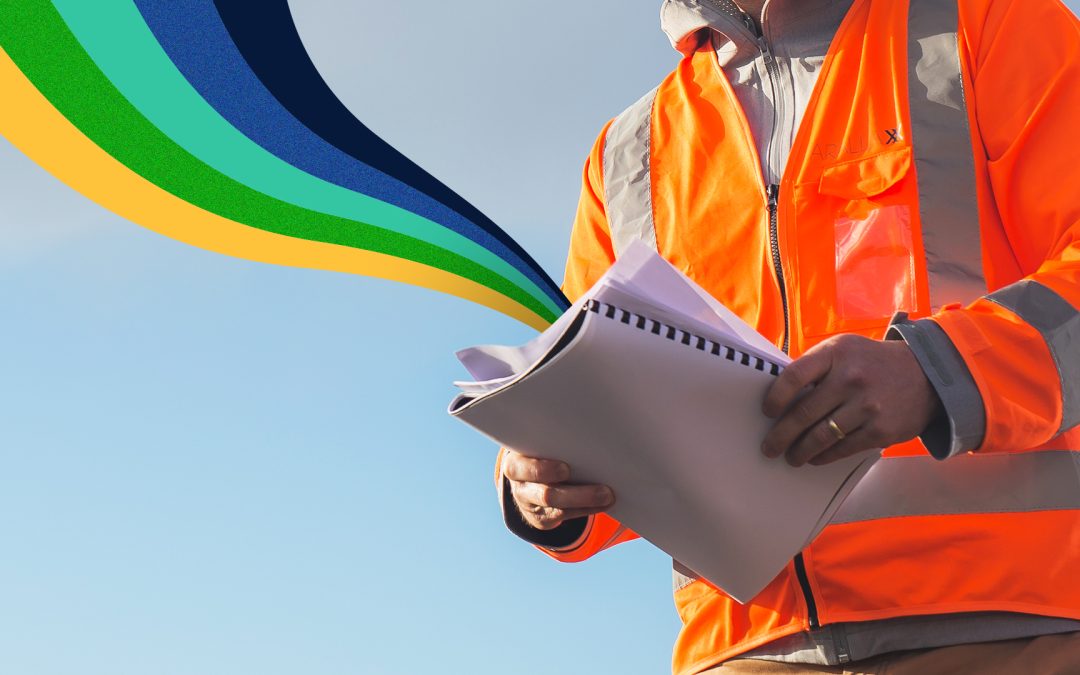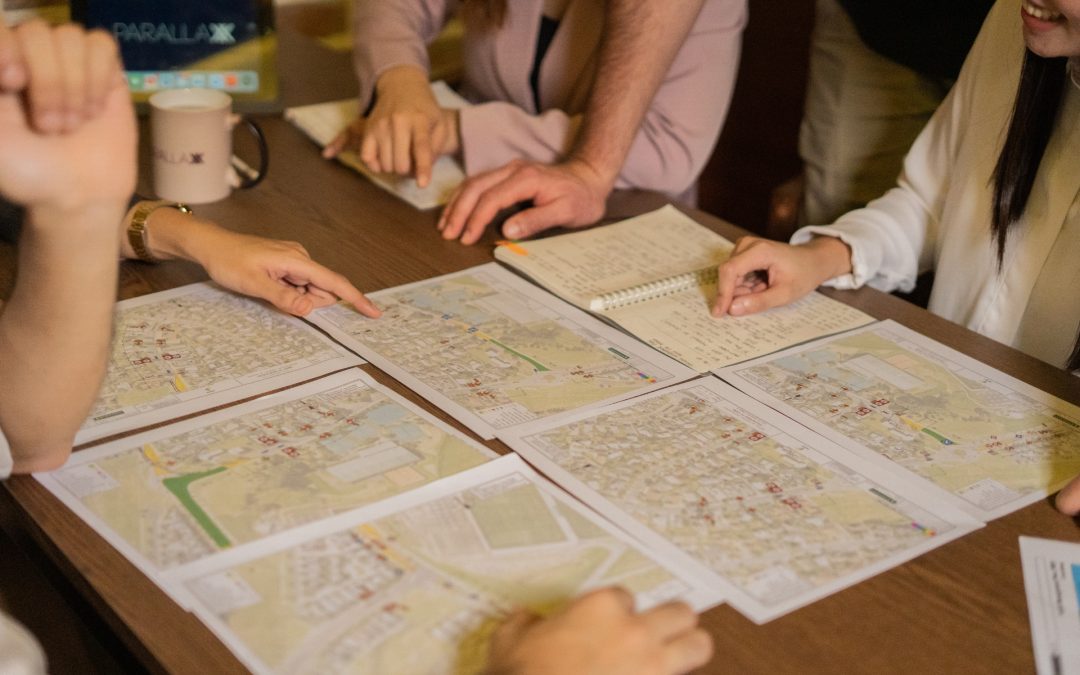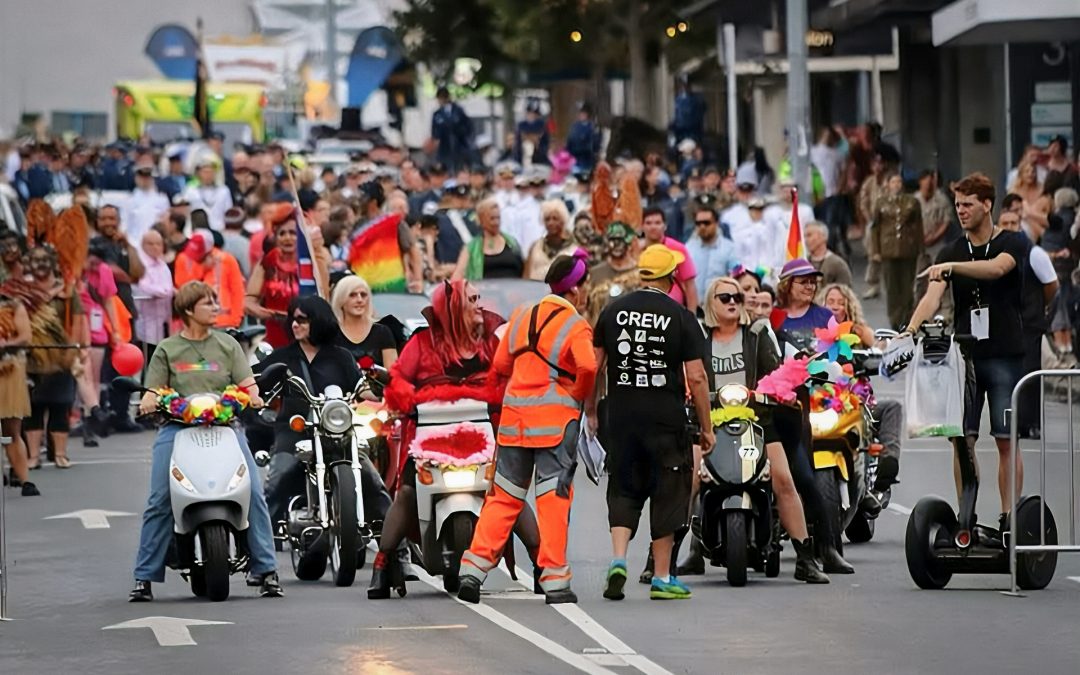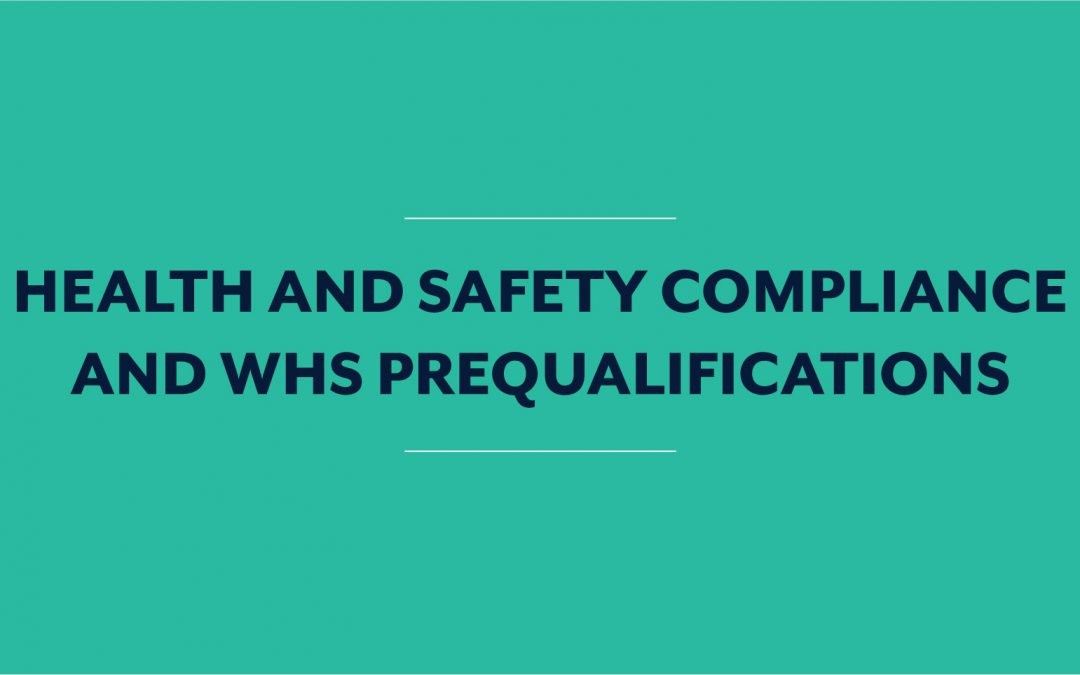The story of work zone harm presents significant insights into the effectiveness of temporary traffic management (TTM) in mitigating risks during road activities. An analysis of 20 years of NZ Transport Agency Waka Kotahi Crash Analysis System (CAS) data reveals both informative and concerning trends in death and serious injury (DSI) rates.
CAS records crashes across New Zealand, with DSI data being more reliable due to high police involvement and detailed investigations. From January 2005 to December 2024, CAS documented 46,258 DSI crashes, resulting in 55,078 deaths or serious injuries—an average of nearly 1.2 DSIs per crash.
Over 20 years, the trend in DSIs has remained largely flat, with fluctuations occurring in five-year cycles but no significant long-term change. This is notable given that Vehicle Kilometers Travelled (VKT) in New Zealand increased by approximately 35% during the same period.
Despite busier roads, the overall incidence of DSIs has not increased. Over the past five years, after a brief rise during post-pandemic road use normalisation, the trend returned to the same flat pattern seen over the past two decades.
A Focus on TTM
TTM is designed to protect road workers, users, and manage traffic during road work, but the CAS lacks a field specifying whether TTM was present at crash sites. It’s important to note that “TTM-related” crashes do not imply TTM caused them, only that they occurred in a work zone environment.
Over 20 years, 960 DSI crashes were identified as work zone-related, accounting for 2.075% of all DSIs and resulting in 1,132 fatal or serious injuries—about 1.18 DSIs per crash.
Given that TTM is meant to reduce harm during road works, why are there more people being killed or seriously injured in work zones on NZ’s roads in the last 6 years, than in the prior 14 years combined. Since 2020, on average, we have seen nearly one Vulnerable Road User death or serious injury in a work zone every month.
In November 2024, the then-Minister for Transport, Simeon Brown , announced that NZTA had spent NZD 786 million on TTM on state highways over a three-year period. If we assume that spending levels are consistent, the five-year expenditure on state highway TTM would be around NZD 1.3 billion. And this figure only accounts for state highways; when we include the spending by local councils, utility providers, event organisers, property developers, and even film production companies, the total TTM spend across the country dwarfs that number.
We are spending more and more, yet more people are getting hurt. In the last two decades, the harm in work zones has more than doubled, even as our spending on TTM has escalated.
New Zealand’s shift to a more risk-based approach, replacing the long-standing CoPTTM standard and moving away from “license to operate” tickets, must improve safety outcomes without relying on increased spending—a strategy that has proven ineffective.
The monumental challenge, however, is the capacity and capability to do so. It sounds like a great idea, but we have an intellect void—the ability for the sector to wrap its head around how to make something safe, rather than just follow rules and keep adding more measures, is severely lacking.
The Parallaxx team are in the thick of navigating this change and we invite collaborators. Our objective is to ‘right-size’ NZ’s TTM through thoughtful risk-based systems, design, and competency. We are #heretohelp.
